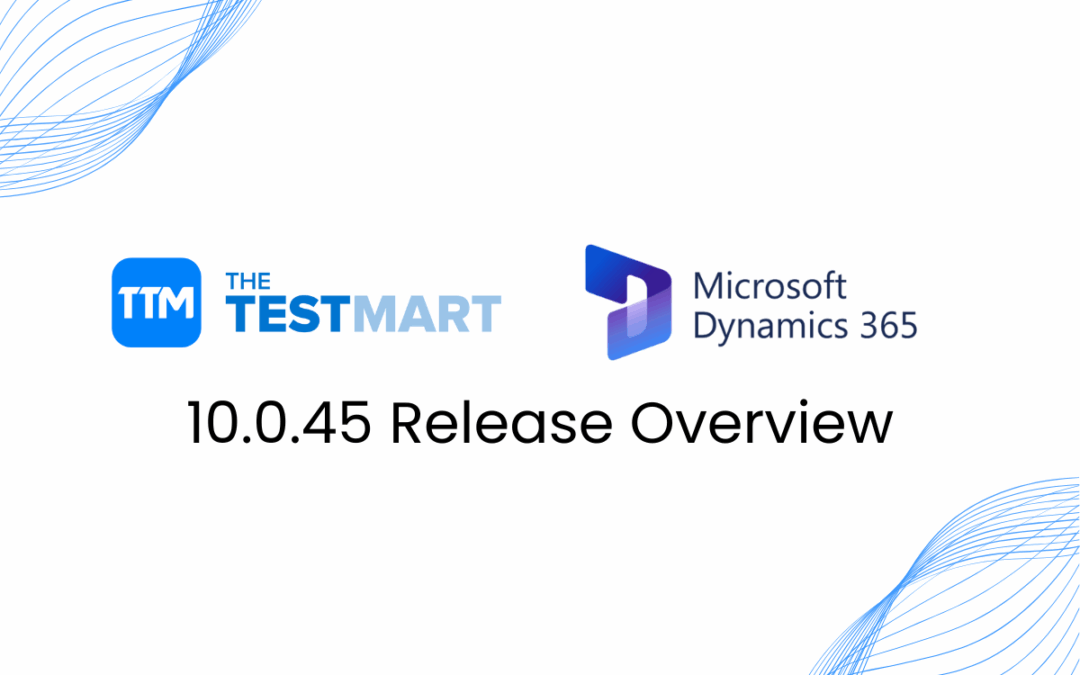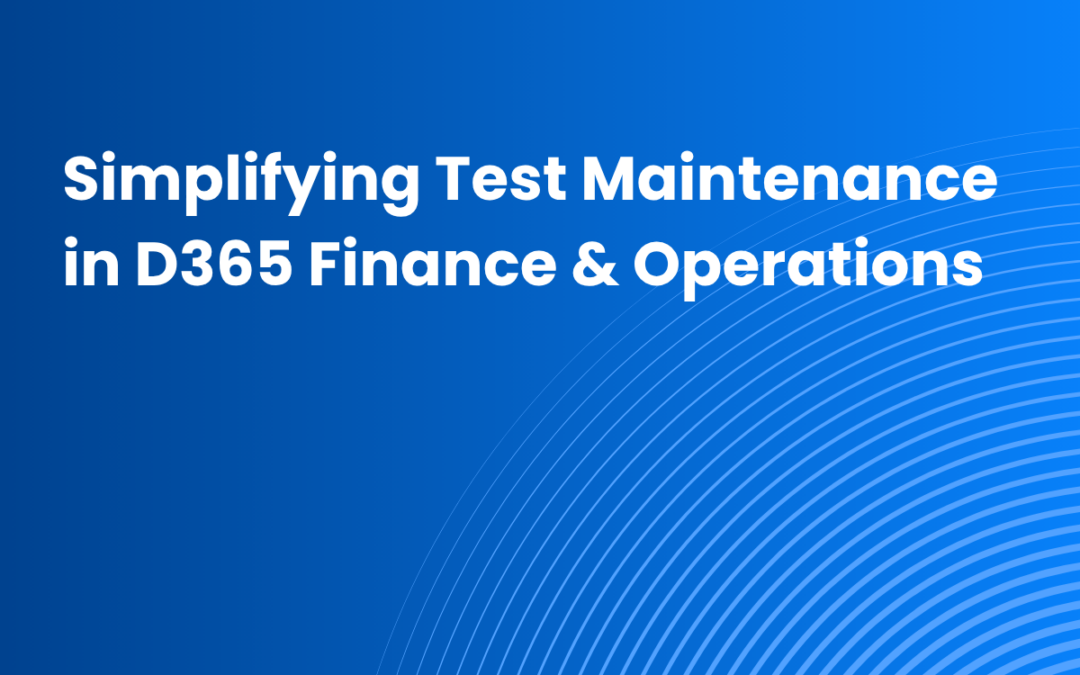In today’s fast-paced digital landscape, businesses rely heavily on enterprise software solutions like Microsoft Dynamics 365 to streamline their operations, enhance productivity, and maintain a competitive edge. As organizations increasingly adopt Dynamics 365, the need for robust testing processes becomes paramount. One critical aspect of this is automated testing, which has emerged as an essential practice for ensuring the reliability, security, and performance of Dynamics 365 applications. The recent update issues related to CrowdStrike offer a compelling case for why automated testing is not just beneficial, but absolutely necessary.
The CrowdStrike Incident: A Wake-Up Call for All
Recently, many organizations experienced significant disruptions due to an update in the CrowdStrike security software, which caused unexpected issues with Microsoft software. This incident highlighted the potential risks involved when updates, whether they are for security, system enhancements, or third-party integrations, are deployed without thorough testing. The update in question led to compatibility problems, causing the software to behave unpredictably, affecting everything from basic functionality to critical business operations.
The aftermath was challenging for many companies, as they scrambled to identify the root cause of the issue and implement quick fixes. The incident underscored the importance of a rigorous testing strategy that includes automated testing as a central component.
Why Automated Testing is Essential
- Speed and Efficiency
Automated testing allows for quicker execution of test cases compared to manual testing. This is especially crucial when dealing with frequent updates like those in Dynamics 365. With automated testing, organizations can rapidly validate that updates and patches do not introduce new issues, significantly reducing the time to deploy updates safely.
- Comprehensive Coverage
Dynamics 365 is a complex suite with numerous modules and integrations. Manually testing every aspect of the system after each update is not only time-consuming but prone to human error. Automated testing can cover a wide range of scenarios, from basic functionality checks to more intricate workflows, ensuring that all parts of the system work seamlessly together.
- Consistent and Reliable Results
Automated tests are repeatable and provide consistent results, which is crucial when monitoring for regressions or unexpected behavior after updates. This consistency helps in quickly identifying issues, such as those caused by the CrowdStrike update, before they impact the production environment.
- Cost-Effectiveness
While the initial setup of automated testing frameworks requires an investment, the long-term savings are substantial. Automated testing reduces the need for extensive manual testing, lowers the risk of costly downtime, and prevents the financial impact of system failures—issues that could arise from updates or integrations.
- Continuous Integration and Deployment
Automated testing is a key enabler of continuous integration and continuous deployment (CI/CD) practices. In a CI/CD pipeline, automated tests can be run as part of every build and deployment cycle, ensuring that any potential issues are caught early in the development process, not after the software has been deployed.
Preparing for the Future: Implementing Automated Testing for Dynamics 365
The CrowdStrike incident serves as a reminder that no system is immune to update-related issues, but with automated testing, businesses can significantly mitigate these risks. Here are some steps to get started with automated testing for Dynamics 365:
- Identify Critical Scenarios: Start by identifying the most critical business processes within Dynamics 365 that require testing. Prioritize automating tests for these scenarios to ensure they are always functioning as expected.
- Invest in the Right Tools: Choose automation tools that are compatible with Dynamics 365 and offer robust support for testing various modules and integrations.
- Develop a CI/CD Pipeline: Integrate automated tests into a CI/CD pipeline to enable continuous testing and ensure that every update is thoroughly vetted before it reaches production.
- Regularly Update Your Test Suite: As your Dynamics 365 environment evolves, so should your automated tests. Regularly update and expand your test suite to cover new features, integrations, and potential vulnerabilities.
Automated testing is no longer a luxury but a necessity for organizations using Microsoft Dynamics 365. The recent CrowdStrike update issues serve as a stark reminder of the potential pitfalls of relying solely on manual testing. By investing in automated testing, businesses can safeguard their operations, ensure continuous performance, and maintain the high standards of reliability that today’s digital economy demands.
At TheTestMart, we specialize in providing cutting-edge automated testing solutions tailored to Microsoft Dynamics 365. Contact us today to learn how we can help you implement a robust testing strategy to protect your business from the unexpected.





